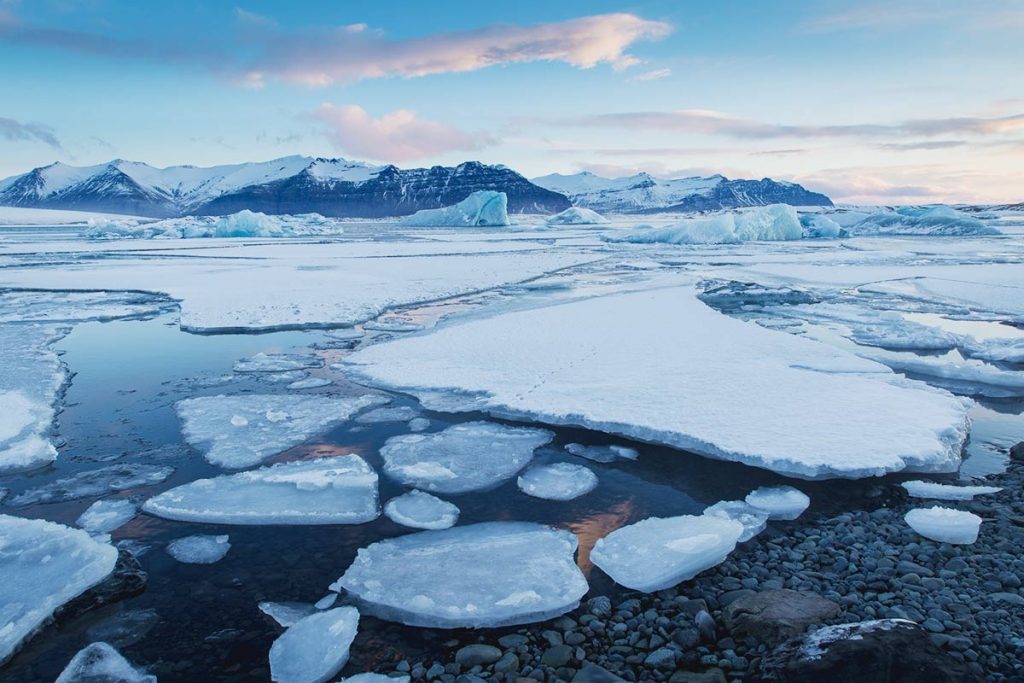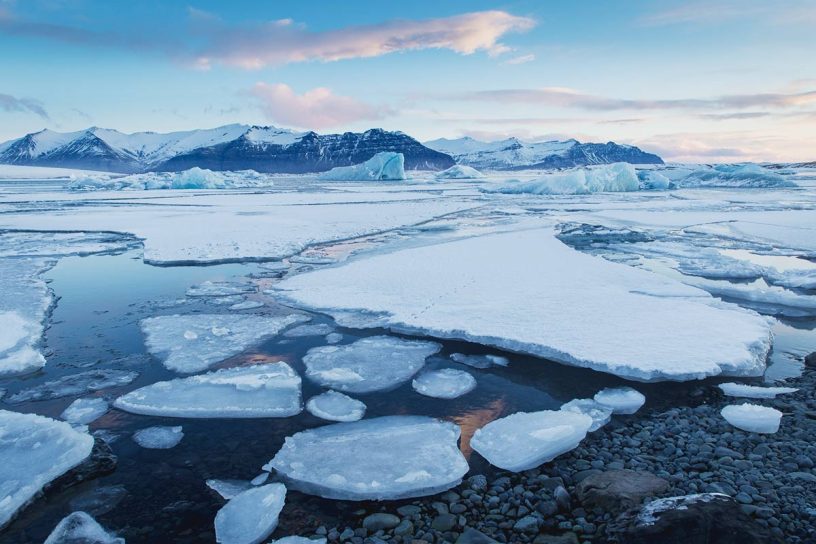
Environmental challenges should be a priority for all players in the region, outweighing military and economic issues
Author
Tatiana Belousova, Assistant Professor, Jindal School of International Affairs, O.P. Jindal Global University, Sonipat, Haryana, India.
Summary
It is tempting to view the current geopolitics of the Arctic through the lenses of the ‘great power competition’ and inevitable conflict of interests. Interestingly, the current geopolitical scenario is, to a certain extent, mirrored in the Arctic region as well. This is mainly about the growing tensions between North Atlantic Treaty Organization (NATO) allies and Russia.
There are eight countries that have direct access to the Arctic resources, i.e., Canada, Denmark, Finland, Iceland, Norway, the Russian Federation, Sweden and the United States. In 2013, six Observers joined the Council, including China, Japan, India, Italy, South Korea, and Singapore, bringing their total number to 13.
U.S., Russia at odds over military activity in the Arctic
By the end of the Cold War, the geopolitical tensions and security concerns in the Arctic were almost forgotten. In October 1987, during a visit to the Kola Peninsula, Mikhail Gorbachev, then Secretary-General of the Soviet Communist Party, acknowledged the end of the Cold War era and promoted a ‘zone of peace’ in the Arctic.
The perceived ‘harmony’ was broken in 2007, when the Russian explorers planted their flag on the seabed 4,200m (13,779ft) below the North Pole to articulate Moscow’s claims in the Arctic.
This move was certainly viewed as provocative by other Arctic States, and the Canadian Foreign Minister, Peter MacKay, said “this is not the 15th century”, and “countries cannot just go around, plant their flags, and claim the territories.”
Published in: The Hindu
To read the full article, please click here


